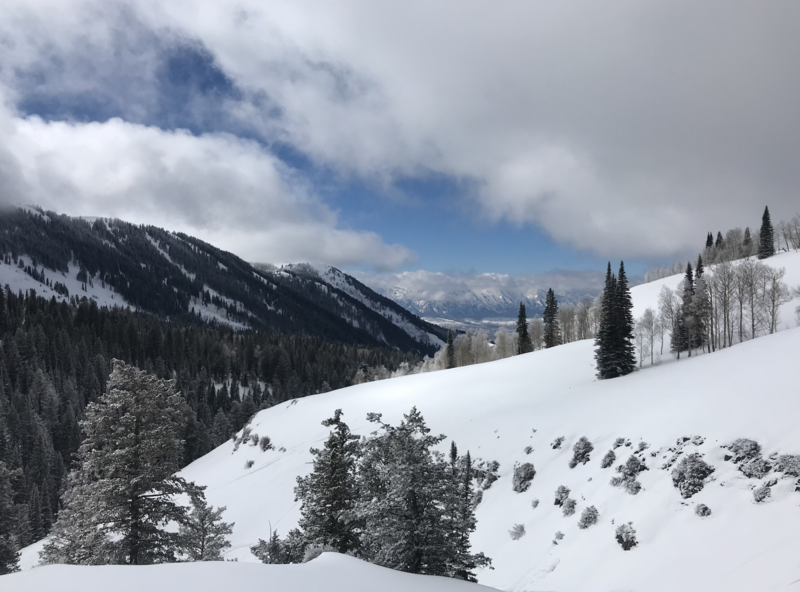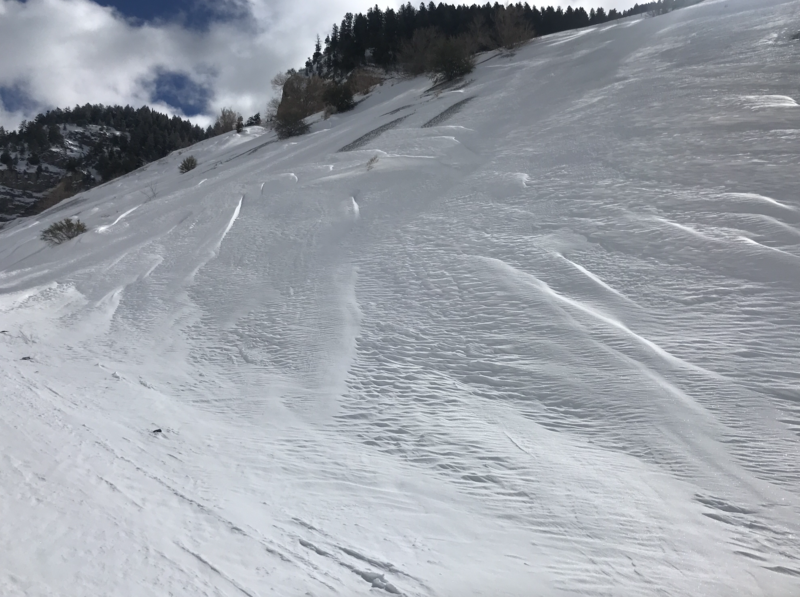Forecast for the Logan Area Mountains

Issued by Toby Weed on
Friday morning, February 18, 2022
Friday morning, February 18, 2022
Today, the avalanche danger is LOW in the backcountry. Avalanches are unlikely, and the snow is stable on most slopes with only a few exceptions.
Use normal caution. Watch for and avoid (1) fresh drifts on steep upper elevation slopes, and (2) loose recrystallized snow or sun-warmed fresh snow sluffing in very steep terrain.
Use normal caution. Watch for and avoid (1) fresh drifts on steep upper elevation slopes, and (2) loose recrystallized snow or sun-warmed fresh snow sluffing in very steep terrain.

Low
Moderate
Considerable
High
Extreme
Learn how to read the forecast here










